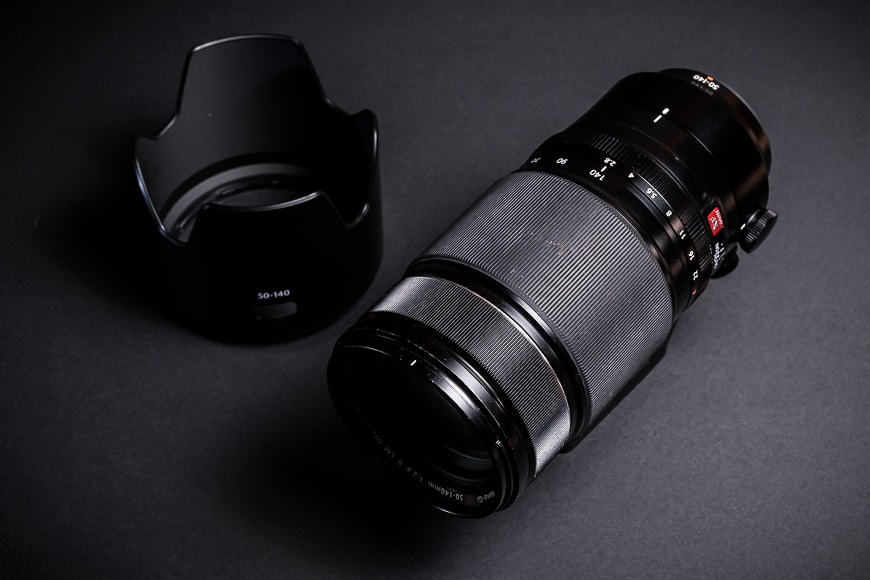In graphics designing, there is a feature and method called layer masking. A layer mask feature functions as a control for a layer’s transparency, it allows you to easily edit features in the main image without having to permanently delete features in the layer.
As a graphic designer, it is expected that you understand how this feature functions, and here is a guideline on the two ways of converting a layer to mask.
Guidelines on how to convert a layer to a mask

Step 1
To get your layer mask work going, you need to create a new canvas to work on. Open your Photoshop, scroll to the left-hand side of your screen, click on File, then click on New from the drop-down menu, or press Ctrl + N for a shorter and straight forward action.
Step 2
Once you click on New or make use of Ctrl + N, a dialogue box pops up requring you to fill in the necessary dimensions and specifications you want.
Step 3
Once your background layer is set, proceed to create an image. For this guide, the new layer created contains a rounded rectangle created with the rectangle tool.

Step 4
Next, use your lasso tool to draw right on the rounded rectangle created. Note that the polygonal lasso tool is more symmetrical than the free-hand lasso tool, so it’s easier to draw fixed shapes like the one seen above.
Step 5
Once the new shape is created within the main rounded rectangle, the next step is using the mask. Located at the left-hand side of the control panel, you’ll find Layers, click on it, a drop-down menu appears with various options. Click on the Add layer mask button located at the bottom.

Step 6
After setting your layer mask on the second layer containing the rounded rectangle, create a new layer, here the new layer is named Ellipse 1. After creating the layer, go ahead and use a circle tool to create a circle on the new layer as demonstrated above.

Method 1
Step 1
With the new layer created and the image is drawn, use the mask of the rounded rectangle on the circle also; you’ll be converting the Ellipse layer to the mask of the rounded rectangle. You can achieve this feat in two ways:
Go to the first layer with the rounded-edge rectangle, press Ctrl + A to highlight the layer mask, and Ctrl + C to copy the layer mask.

Step 2
Return to the Ellipse 1 layer and then add the layer mask by clicking on the layer mask as done at the initial point of the explanation.

Step 3
Once your layer mask is added to the Ellipse layer, go to Channels located at the right-hand side of the screen, right beside the Layers panel, and click on it. As seen above, the Channels feature shows 5 different layers consisting of RGB, Red, Green, Blue, and Ellipse/mask. Click on the Ellipse/mask Channel, and Ctrl + A to highlight it and Ctrl + V to paste the initial copied layer mask.

Step 4
The above image with a red/pink-like pigmentation is an effect of the series of commands and actions taken in the previous step. Once you see this, close the Ellipse/mask channel.

Step 5
After closing the Ellipse/mask channel, the image above represents the addition of the layer mask.

Step 6
With the incorporation of the layer mask, from the Ellipse/mask, return to the Layers feature right beside Channels once more and your work is done.

Method 2
Step 1
As mentioned earlier in this guide, there are two ways of creating a layer mask, the second method of doing it is thus: Create a layer mask for the first layer containing the rounded-edge rectangle.

Step 2
Create a new layer upon the already existing layer with the rounded-edge rectangle.

Step 3
Use the circle tool to create a circle on the new Ellipse layer created

Step 4
As done in the initial method create a layer mask on the newly created layer as seen above.

Step 5
Proceed to click on Image, which is located at the top left-hand side of the command center, a drop down menu appears, click on Apply image.

Step 6
After clicking on Apply image, a dialogue box appears, afterwards click on the layer where the original mask was on which is the rounded-edge rectangle layer and proceed to fill the other requirements in the box.

Step 7
By clicking on Apply image, the mask is automatically applied on the screen without stress and in a straightforward manner as seen above.
Find more Photoshop tutorials here
Conclusion
To make work easier, particularly with editing without permanently deleting or erasing your work, the layer mask is a good way to carry out such. Follow the guidelines here and you’ll become a pro in converting a layer to mask.


